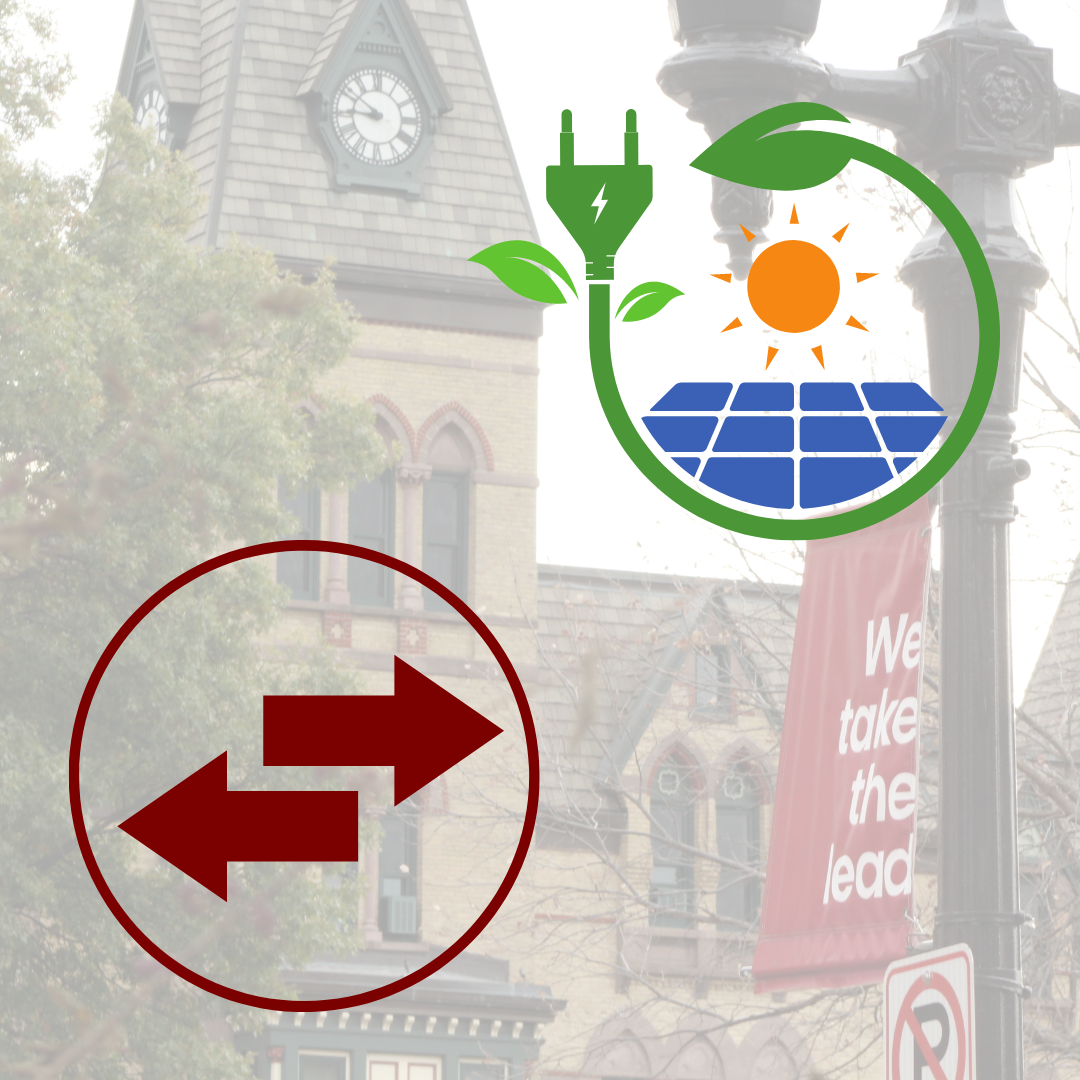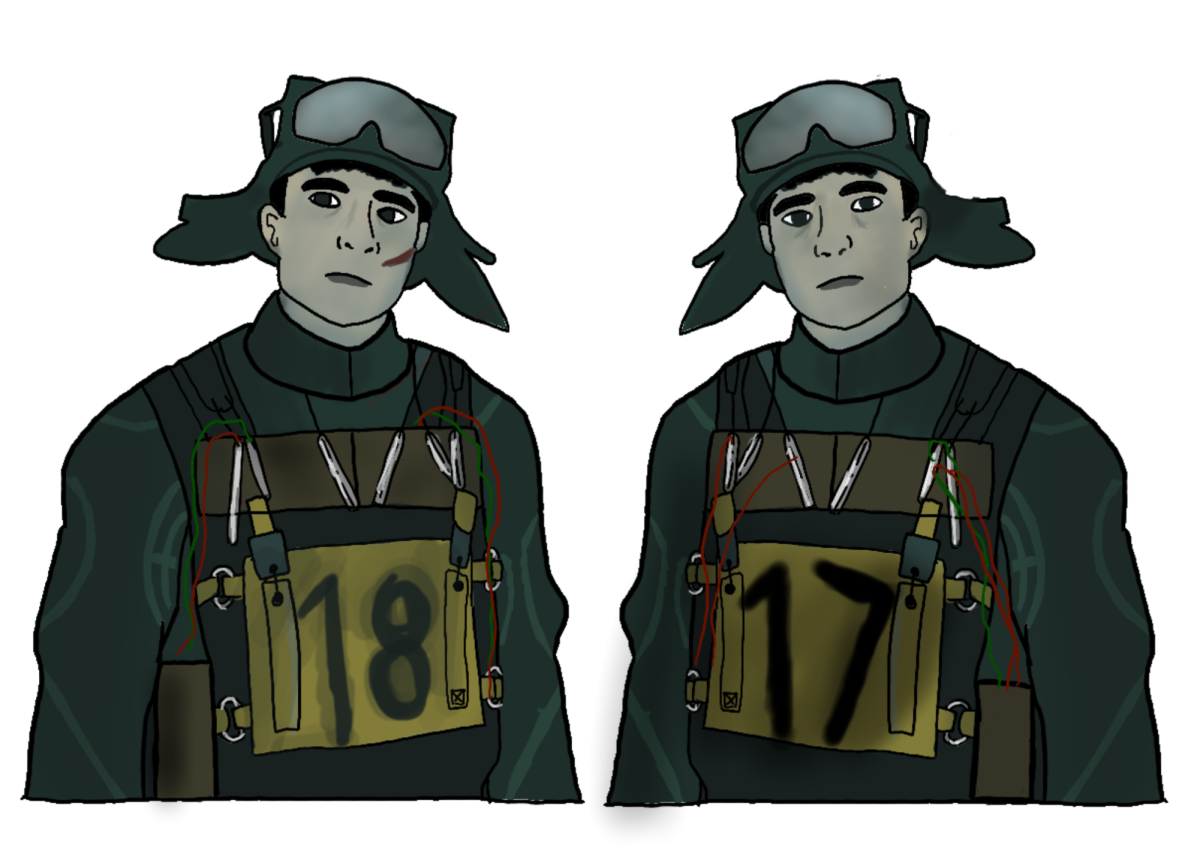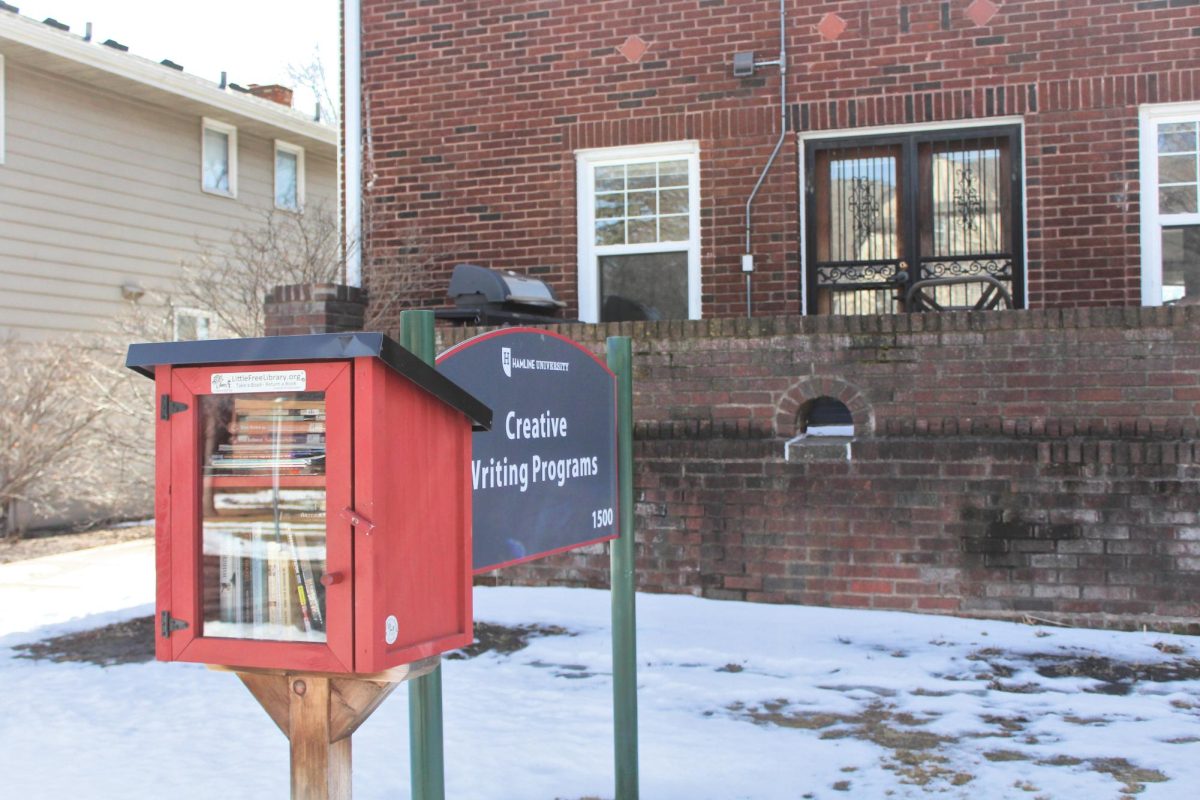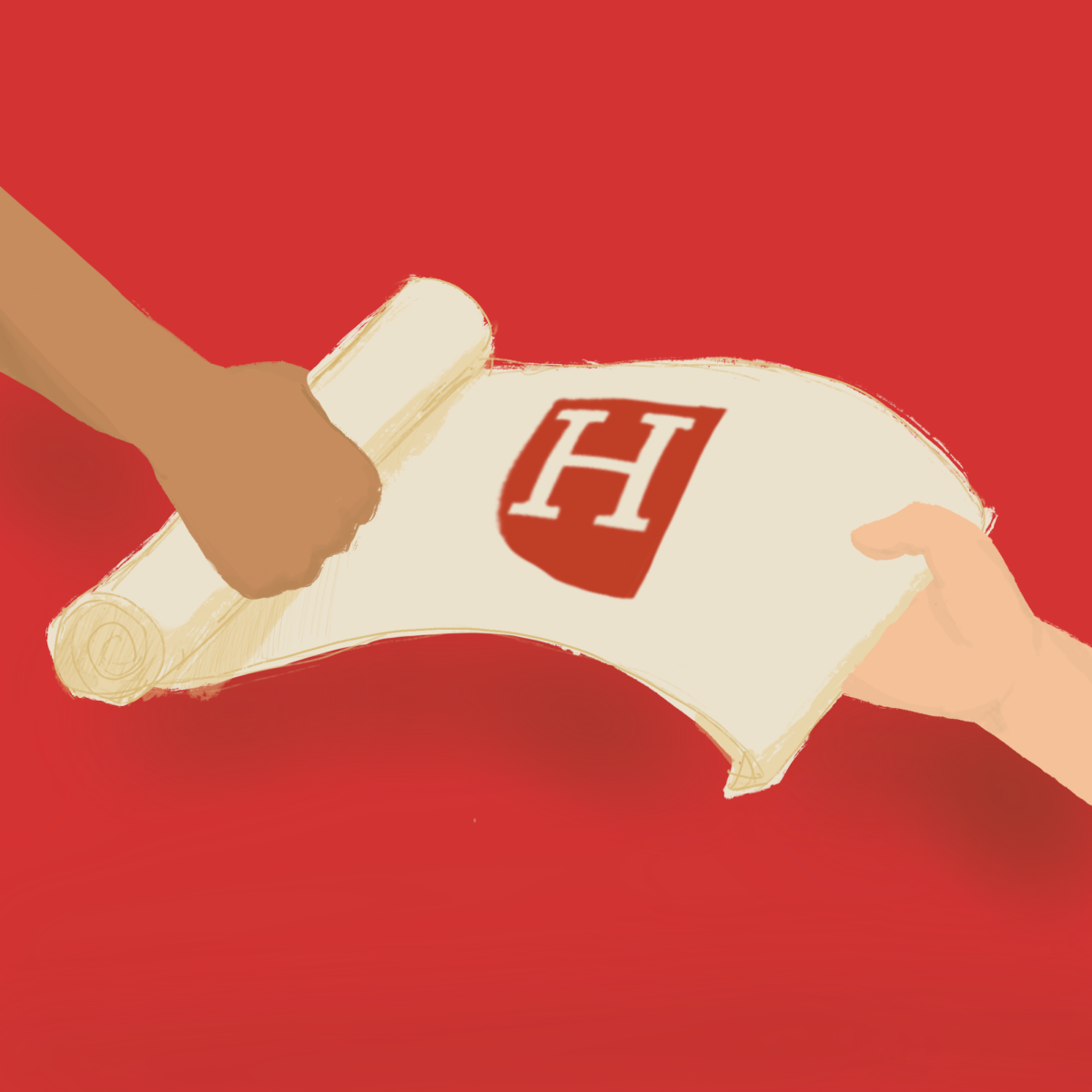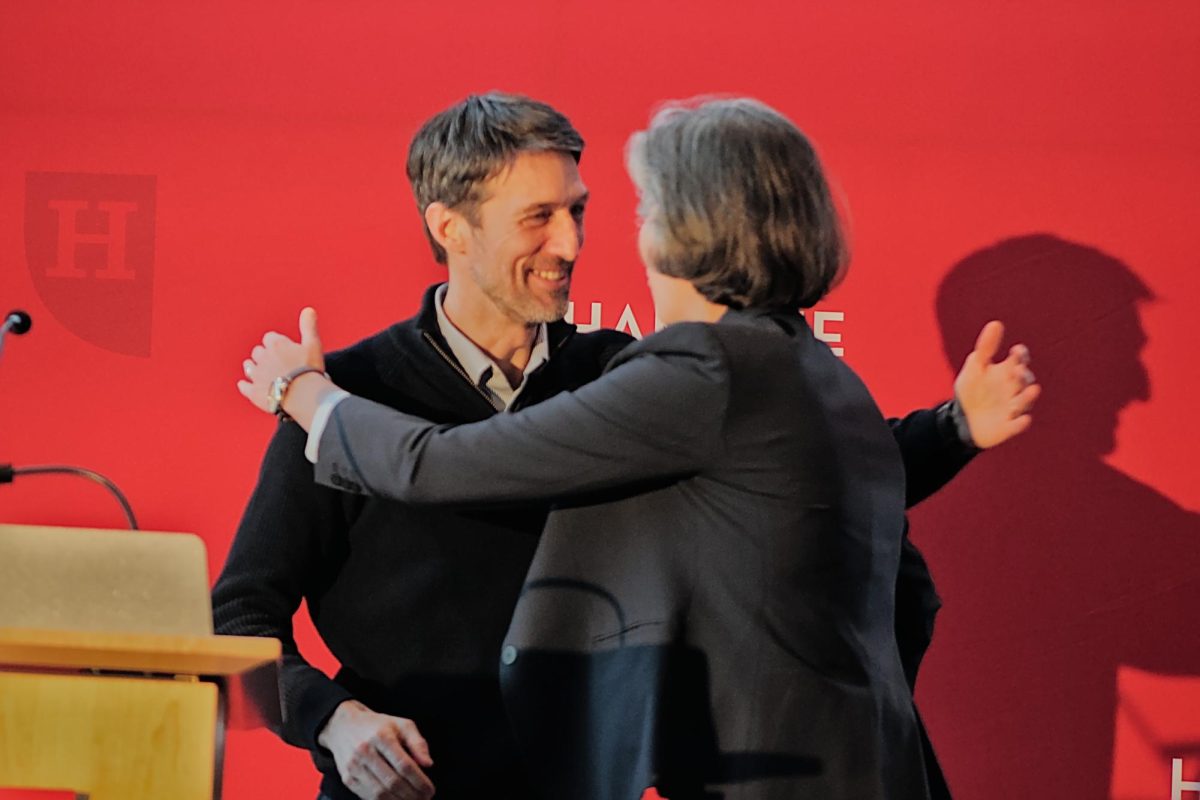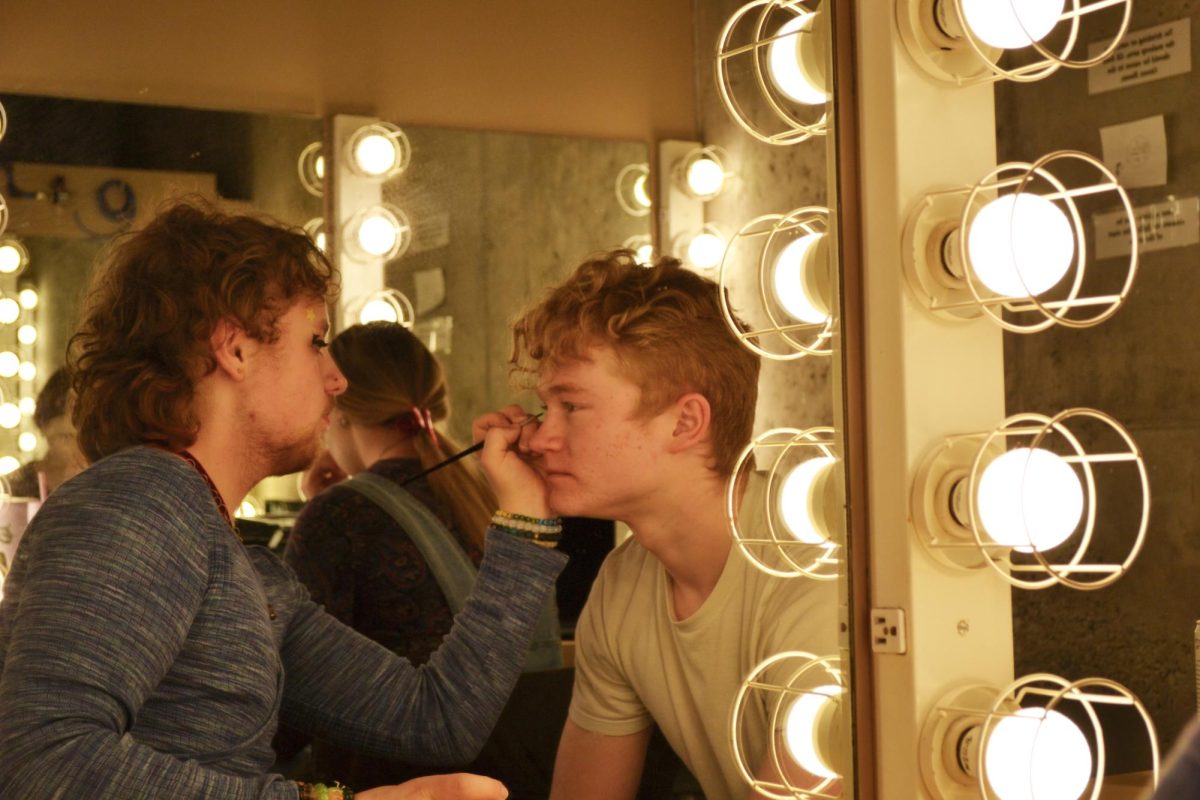On Tuesday, Sept. 17th, the Hamline Undergraduate Student Congress (HUSC) met for their General Assembly meeting, passing two amendments to add a sustainability representative and a transfer student representative. The amendments were drafted and proposed by Board of Elected Representatives (BER) chair Abbi Kutz and Political Affairs Committee (PAC) chair Alexandra Kretsch.
The first amendment aims to create a student representative position in HUSC that gives students a resource to discuss sustainability practices. The sustainability representative would act as a bridge between facilities, administration and students; giving stakeholders several avenues to discuss policy-based and physical changes to campus.
Kutz, a senior and sitting member of the HUSC executive board points to the Center of Justice and Law (CJL) as a major player in the creation of this position.
“[The] Center for Justice and Law reached out to Elisa [Lopez] and people were asking to create a representative that specifically was looking for sustainability practices on campus. We know that’s really important to our student population and in the past, people have tried to have more efforts towards it, but there’s never really been a person to go to,” Kutz said.
Kretsch, a senior and sitting member of the HUSC executive board also credits CJL with the inspiration for the new position. CJL is known for seeking out ways to enact new policies for the better, particularly those involved in sustainability.
“We ended up reaching out to the Center of Justice and Law since they are really pushing for sustainability initiatives in policy and the university, asking if they would be interested in partnering with us to create this position and they said yes,” Kretsch said.
Although the sustainability representative will not sit on the executive board, they will join the other representatives, working closely with others – the food and basic needs representative in particular.
“Sustainability [representative] is going to be an appointed position, the same way that we have processes to appoint our military representative [and] disability representative to make sure that we’re finding that person who is really showing that effort for sustainability practices,” Kutz said.
The second amendment seeks to address a more pressing matter. According to Kretsch, who also happens to be a transfer student herself, the treatment of transfer students does not align with the narrative the university is telling prospective students. The amendment will add a representative for transfer students, a position that Kretsch argues will give these students a voice.
“Hamline says that we accept transfers, that we love transfers, we’re a school that’s really good for transfers, but in all reality, it’s not. And transfer students deserve to have a voice,” Kretsch said.
Benjamin Schmidt, a senior and transfer student, points out that he was under the impression as a prospective student that the university wanted to invest in him. Although, he admits, it may or not be as accurate as the administration claims it to be.
“[Hamline] really gave me the impression that they want to invest in you. Now, whether or not that’s actually true, it’s a nice story, but at least they gave that impression,” Schmidt said.
One of the ways in which transfer students are not given equal resources begins the very first time they set foot on campus. Summer Orientation and Registration (SOAR) is a mandatory orientation program designed by New Student Programs (NSP) as a way to welcome incoming students and help prepare them for the upcoming academic year. However, Kretsch argues that SOAR is primarily designed to assist first-year students rather than students who are transferring credits into Hamline.
“The way that everything works, it’s not set up for transfer students. For example, SOAR is very clearly for first-year students who have no idea what college is about. Transfer students don’t need to sit through that much,” Kretsch said.
Schmidt attended the University of Minnesota before taking a gap year. When he was ready to return to higher education, he found that the credits he had earned in high school didn’t transfer, despite being accepted at a different university.
“At the [University of Minnesota], my AP credits counted for my first year writing, but when I transferred to Hamline, those AP credits didn’t account for first-year writing…And it sucked because I was like, I could be using this class time for a different elective,” Schmidt said.
The primary goal of the transfer student representative is similar to the sustainability representative: a way to act as a bridge between new transfer students and those who have come to understand the processes in place. Kretsch adds that the needs of transfer students are different from those who come to Hamline as a first-year, which ultimately requires different resources.
“A main thing I would love to see, from a transfer student, is to fix the orientation process…an orientation that is built for transfer students because they have very different needs from first-year students,” Kretsch said.
Although only one student can be elected to fill these two positions, Kutz reminds faculty, staff and students that there is an accessible way to add their voice to the mix. HUSC General Assembly meetings are open to the general public, as well as the meetings of the sub-committees, such as BER and PAC led by Kutz and Kretsch respectively.
“As much as we want to be representative of everyone, it’s always best to have your voice there,” Kutz said.
HUSC General Assembly meets on Tuesdays during convo hour, 11:20 a.m. to 12:50 p.m., in Giddens Learning Center (GLC) room 100E.

